Team

Dr. Thilo Womelsdorf
Professor at Vanderbilt University, Department of Psychology
Thilo is Professor in the Department of Psychology and member of the Vanderbilt Brain Institute.
He has secondary appointments in the
Department of Biomedical Engineering and in the
Department of Computer Science and Electrical and Computer Engineering.
His Researcher Profiles are available from
Google Scholar,
ResearcherID and
ResearchGate.

Nathan Traczewski, CPA
Lead M-USE Developer
Nathan is building an integrative software suite for active psychophysical neuroscience experiments in 3D environments called the Multitask Unified Suite for Experiments (MUSE), including designing and programming the individual cognitive games using C# and the Unity video game engine.
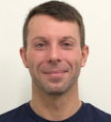
Adam Neuman
Senior Research Specialist
Adam oversees the lab’s research work and operates the cage-based behavioral training and testing of animals. He is actively contributing to research projects that involve electrophysiology, neuro-chemistry, and neuro-sonication. Adam’s work combines the skills and breadth of knowledge of a neuroscience laboratory technician with experience of advanced experimental approaches used by students and personnel in the lab.
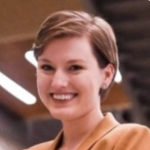
Allison Dockum
Msc Bioengineering
Allie is establishing a precise targeting system for bilateral focused ultrasound stimulation (FUS) in order to enhance cognitive functioning. The novel FUS targeting and stimulation pipeline aims to allow transcranial sonication of deep and superficial targets.
Allie’s project is in close collaboration with Prof. Charles Caskey’s Laboratory of Acoustic Therapy & Imaging (https://vuiis.vumc.org/~caskeycf/).

Xuan Wen
PhD Cand. BS Comp Sci
Xuan aims to understand how latent structure about objects in our environment is learned. His projects involve programming multidimensional objects to test how subjects learn the relationship of objects with real-world complexity.
The paradigms Xuan develops are tested behaviorally and neurophysiologically to understand how brain circuits acquire and update latent structure about objects, about the reward value of these objects, and about the relation of objects in different environments.
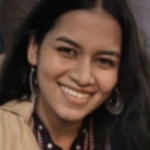
Sarah Shereen
BA Neuroscience
Sarah works on understanding how brain circuits form cognitive maps of spatial trajectories. Cognitive maps are abstractions of actually experiences that increase the subjects flexibility in solving or navigating future problems. To understand the formation of cognitive maps, Sarah is using using touchscreen-based maze tasks that require subjects to learn the hidden trajectories towards rewarding locations.
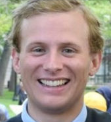
Charlie Gerrity
M.Sc. Dept. of Electrical & Computer Engineering
Charlie works on optimizing the detection of transient oscillatory neural events in neurophysiological time-series (local field potential) data. This work involved establishing and comparing different algorithms for detecting neural oscillation events and evaluating the performance metrics for these algorithms. A goal for the thesis is to develop an objective way to tune the detection parameters for enhancing the true positive and reducing the fans positive rate of detected events.
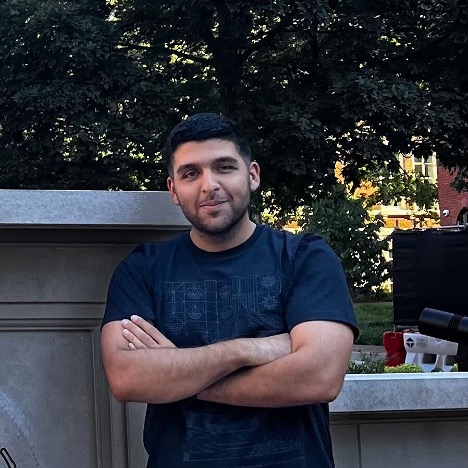
Sajad Ahmadi Nebi
PhD Cand. MSc Electrical Eng
Sajad aims to develop a real-time neuronal decoder to support a Brain-Computer-Interface for enhancing flexible learning and augmenting attentional control. Towards this goal his projects involve to understand how encoding and decoding of relevant visual information differs during the learning and adjustment of top-down attentional control information on the one hand, from the encoding and decoding of top-down representations during more stable performance. Sajad focused on neuronal activity recorded within the prefrontal cortex and the basal ganglia of nonhuman primates. A second focus of Sajad’s scientific projects involve the cognitive enhancement of learning complex associations using state-of-the art focused ultrasound stimulation (FUS). Even-related FUS is a novel non-invasive (transcranial) neuromodulation technique that can excite and suppress neuronal activity in deep brain structures.
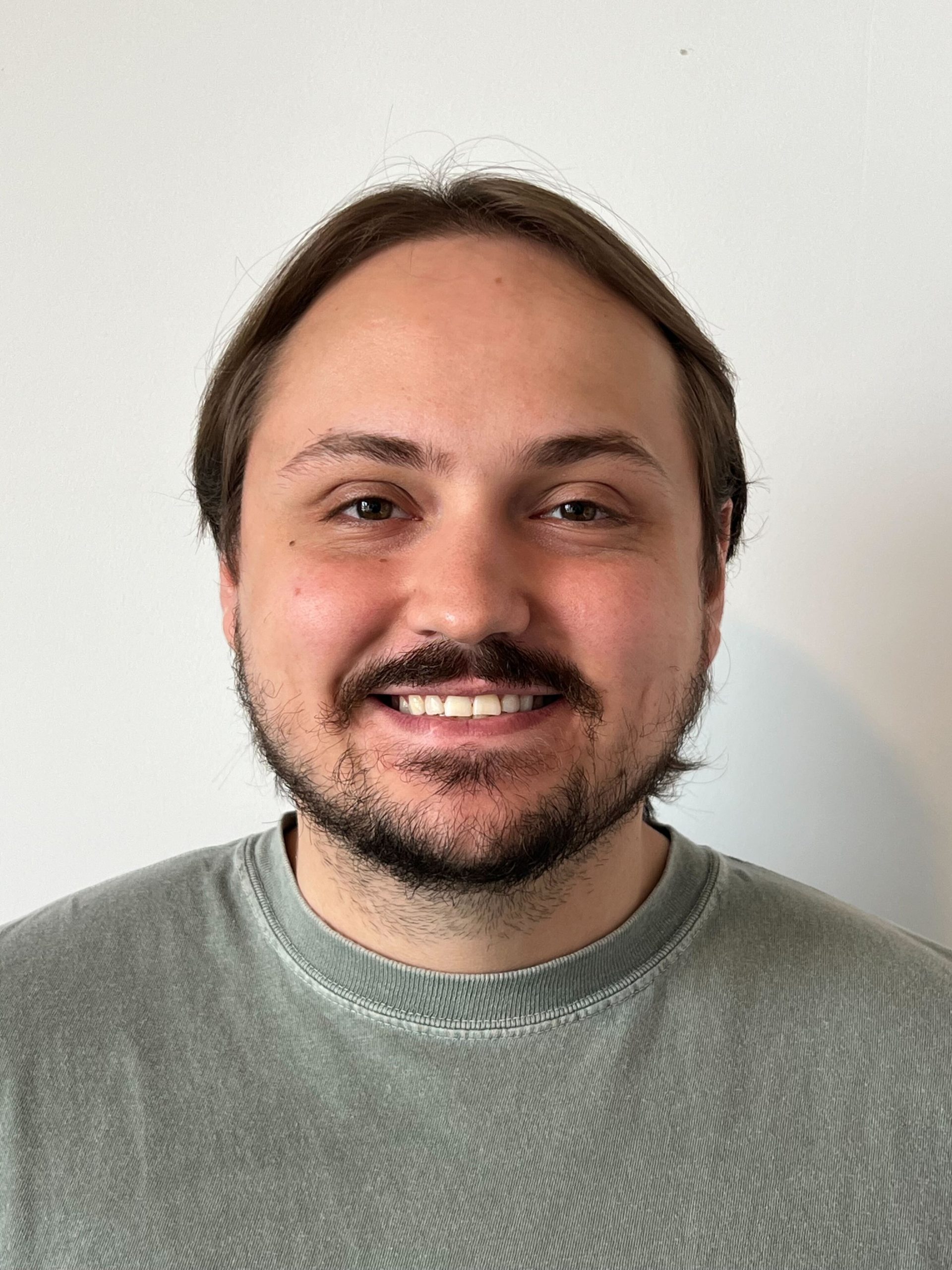
David Brust
BSc Neuroscience & Data Science, RA
David works on distinguishing cell types based on electrophysiological parameters, so called e-Typing. He uses kilosort-4 and custom curation scripts to isolate single neurons in extracellular recordings and then classifies cell types using various state-of-the art clustering algorithms including K-means, Wavemap and Physmap clustering. David is an expert in data visualization and applies UMAP, t-SNE and PCA- based approaches to determine the separability of different cell types from prefrontal and striatal recordings.
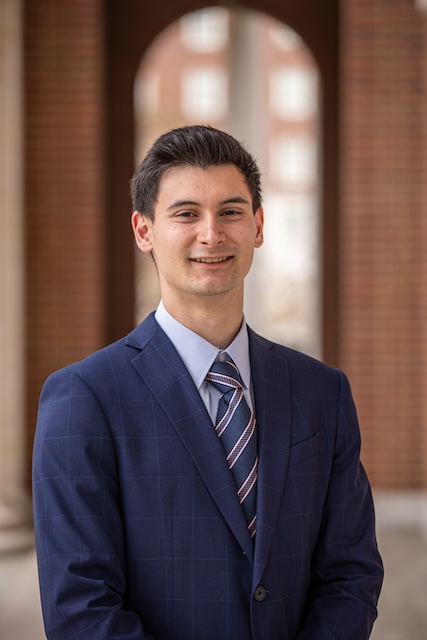
Peter (Pax) Poggi
BSc Psychology, Philosophy, Data Science, RA
Pax investigates the hidden informational patterns of the brain, driven by the broader goal of understanding how neural activity gives rise to the mind. As an undergraduate, he focused on the empirical testing of formalized theories of consciousness (see
Pax’s Github
for previous computational work). Now, in the Womelsdorf Lab, Pax studies how directional communication between brain areas shapes attention and flexible learning. While such communication has often been explored through local field potentials or aggregate multi-unit activity, Pax’s work takes a finer-grained approach—examining how populations of spiking neurons interact within the fronto-striatal network. By modeling the lead–lag relationships between these regions during demanding cognitive tasks, he aims to uncover how the brain learns to attend to relevant features.

Kaleab Asfaw Azezew
Engineering & Mathematics Undergraduate
Kaleab has been a summer STAR fellow and is Research Assistant in the lab focusing on decoding time series neuronal data to understand how task difficulty affects neuronal decodability of task outcomes. A major role of the research projects Kaleab leads is on developing improved decoding methods that addresses class imbalances and latency estimates of above chance decoding.
